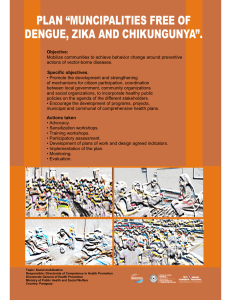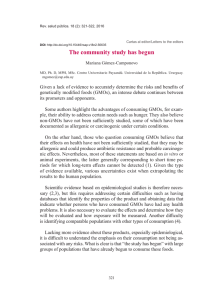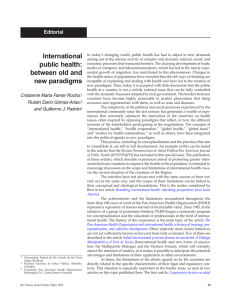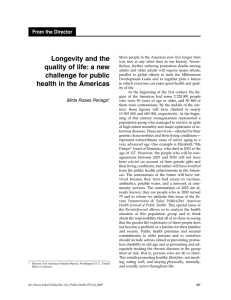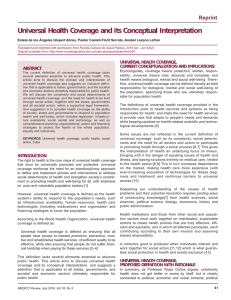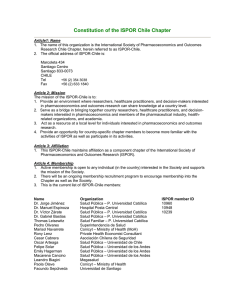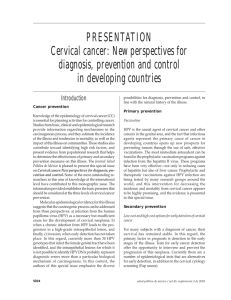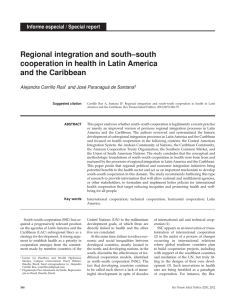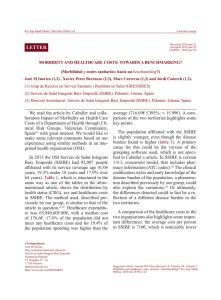Cartas / Letters
Anuncio
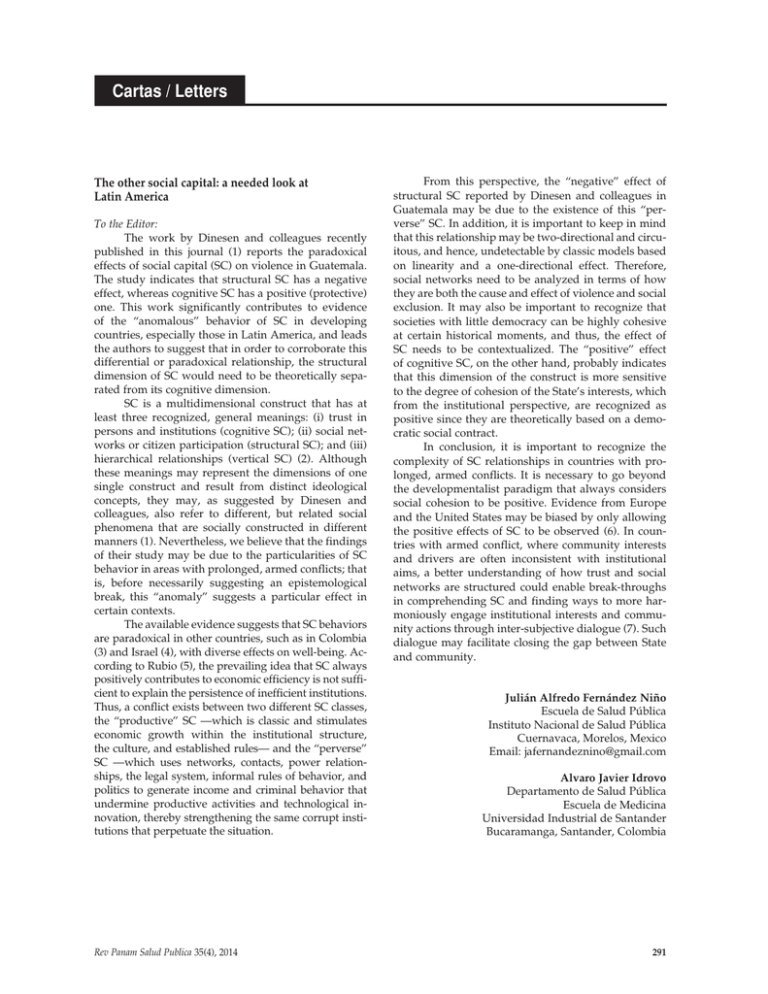
Cartas / Letters The other social capital: a needed look at Latin America To the Editor: The work by Dinesen and colleagues recently published in this journal (1) reports the paradoxical effects of social capital (SC) on violence in Guatemala. The study indicates that structural SC has a negative effect, whereas cognitive SC has a positive (protective) one. This work significantly contributes to evidence of the “anomalous” behavior of SC in developing countries, especially those in Latin America, and leads the authors to suggest that in order to corroborate this differential or paradoxical relationship, the structural dimension of SC would need to be theoretically separated from its cognitive dimension. SC is a multidimensional construct that has at least three recognized, general meanings: (i) trust in persons and institutions (cognitive SC); (ii) social networks or citizen participation (structural SC); and (iii) hierarchical relationships (vertical SC) (2). Although these meanings may represent the dimensions of one single construct and result from distinct ideological concepts, they may, as suggested by Dinesen and colleagues, also refer to different, but related social phenomena that are socially constructed in different manners (1). Nevertheless, we believe that the findings of their study may be due to the particularities of SC behavior in areas with prolonged, armed conflicts; that is, before necessarily suggesting an epistemological break, this “anomaly” suggests a particular effect in certain contexts. The available evidence suggests that SC behaviors are paradoxical in other countries, such as in Colombia (3) and Israel (4), with diverse effects on well-being. According to Rubio (5), the prevailing idea that SC always positively contributes to economic efficiency is not sufficient to explain the persistence of inefficient institutions. Thus, a conflict exists between two different SC classes, the “productive” SC —which is classic and stimulates economic growth within the institutional structure, the culture, and established rules— and the “perverse” SC —which uses networks, contacts, power relationships, the legal system, informal rules of behavior, and politics to generate income and criminal behavior that undermine productive activities and technological innovation, thereby strengthening the same corrupt institutions that perpetuate the situation. Rev Panam Salud Publica 35(4), 2014 From this perspective, the “negative” effect of structural SC reported by Dinesen and colleagues in Guatemala may be due to the existence of this “perverse” SC. In addition, it is important to keep in mind that this relationship may be two-directional and circuitous, and hence, undetectable by classic models based on linearity and a one-directional effect. Therefore, social networks need to be analyzed in terms of how they are both the cause and effect of violence and social exclusion. It may also be important to recognize that societies with little democracy can be highly cohesive at certain historical moments, and thus, the effect of SC needs to be contextualized. The “positive” effect of cognitive SC, on the other hand, probably indicates that this dimension of the construct is more sensitive to the degree of cohesion of the State’s interests, which from the institutional perspective, are recognized as positive since they are theoretically based on a democratic social contract. In conclusion, it is important to recognize the complexity of SC relationships in countries with prolonged, armed conflicts. It is necessary to go beyond the developmentalist paradigm that always considers social cohesion to be positive. Evidence from Europe and the United States may be biased by only allowing the positive effects of SC to be observed (6). In countries with armed conflict, where community interests and drivers are often inconsistent with institutional aims, a better understanding of how trust and social networks are structured could enable break-throughs in comprehending SC and finding ways to more harmoniously engage institutional interests and community actions through inter-subjective dialogue (7). Such dialogue may facilitate closing the gap between State and community. Julián Alfredo Fernández Niño Escuela de Salud Pública Instituto Nacional de Salud Pública Cuernavaca, Morelos, Mexico Email: jafernandeznino@gmail.com Alvaro Javier Idrovo Departamento de Salud Pública Escuela de Medicina Universidad Industrial de Santander Bucaramanga, Santander, Colombia 291 Letters REFERENCES 1. Dinesen C, Ronsbo H, Juárez C, González M, Estrada-Méndez MA, Modvig, J. Violence and social capital in post-conflict Guatemala. Rev Panam Salud Pública. 2013;34(3):162–8. 2.Kawachi I, Kennedy B, Lochner K, Prothrow-Stith D. Social capital, income inequality, and mortality. Am J Public Health. 1997;87:1491–8. 3. Hurtado D, Kawachi I, Sudarsky J. Social capital and self-rated health in Colombia: the good, the bad and the ugly. Soc Sci Med. 2011;72(4):584–90. 292 4.El Hajj T, Afifi RA, Khawaja M, Harpham T. Violence and social capital among young men in Beirut. Inj Prev. 2011;17(6): 401–6. 5. Rubio M. Perverse social capital – some evidence from Colombia. J Econ Issues. 1997;31:805–16. 6.Idrovo AJ, Ruiz-Rodríguez M, Manzano-Patiño AP. Beyond the income inequality hypothesis and human health: a worldwide exploration. Rev Saude Publica. 2010;44(4):695–702. 7.Abadia C, Oviedo D. Intersubjetividades estructuradas: la salud como dilema epistemológico y político de las ciencias sociales. Universitas Humanística. 2008;66:57–82. Rev Panam Salud Publica 35(4), 2014

